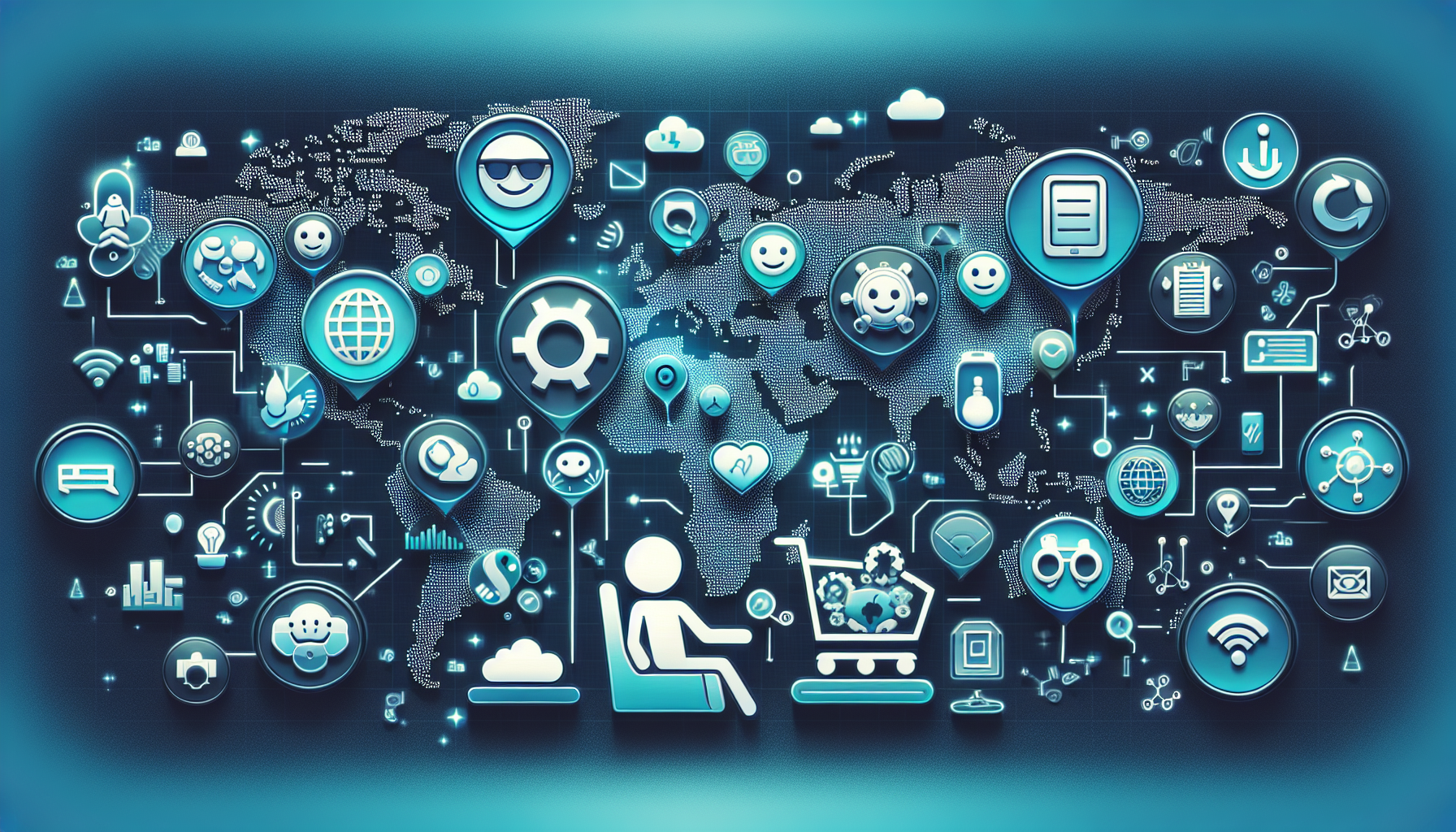AI-Powered Chatbots: Enhancing Customer Service Across Industries
Understanding AI-Powered Chatbots
AI-powered chatbots are advanced software applications designed to simulate human-like conversations with users, driven by artificial intelligence (AI) technologies. These chatbots leverage Natural Language Processing (NLP) and Machine Learning (ML) to interpret and respond to user inquiries, thereby improving customer interaction and satisfaction.
The Evolution of Chatbots
Chatbots have evolved from simple rule-based systems to sophisticated AI-driven platforms that can understand context, manage multiple queries, and provide personalized experiences. The integration of machine learning enables chatbots to learn from past interactions, improving their responses over time and enhancing user engagement.
Key Features of AI Chatbots
- Natural Language Processing (NLP): Allows chatbots to comprehend user input, making conversations feel more natural and fluid.
- 24/7 Availability: AI chatbots can operate around the clock, providing immediate assistance regardless of time constraints.
- Multi-Channel Support: These tools can integrate across various platforms—websites, mobile applications, and social media, ensuring seamless customer support.
- Personalization: Leveraging customer data, chatbots can deliver tailored recommendations and solutions based on individual preferences.
- Scalability: AI chatbots can handle thousands of inquiries simultaneously, making them an efficient solution for businesses experiencing growth or high customer contact volumes.
Industry Applications
1. E-Commerce
In the e-commerce sector, chatbots are transforming customer service by providing instant assistance regarding product queries, order tracking, and payment issues. They can guide users through the purchasing process, recommend products based on browsing history, and handle returns or exchanges efficiently. Shopify, for instance, employs chatbots to enhance customer experience by reducing abandonment rates during checkout.
2. Banking and Financial Services
AI chatbots in banking facilitate customer inquiries about account balances, transaction history, and loan applications. They enhance security by verifying identities through conversational interactions. Financial institutions like Bank of America utilize chatbots to improve customer engagement while reducing operational costs.
3. Healthcare
In healthcare, chatbots can pre-screen patients, schedule appointments, and provide valuable information about conditions and treatments. They often use symptom checkers, guiding users through their health queries while respecting privacy concerns. An example includes the health tech company Ada, which offers personalized health assessments.
4. Telecommunications
Telecom companies use AI chatbots for troubleshooting technical issues, managing bill inquiries, and upgrading plans. By automating responses to frequently asked questions, these chatbots reduce call center loads significantly. For example, Vodafone has integrated chatbots to streamline customer interactions and enhance service delivery.
5. Travel and Hospitality
Chatbots in the travel industry assist with flight bookings, hotel reservations, and itinerary management. They provide recommendations for travel destinations and address common concerns like luggage policies. Companies such as Expedia exemplify how chatbots enhance user experience by enabling easier travel planning.
Benefits of AI Chatbots in Customer Service
- Cost Efficiency: Reducing the need for a large customer service team minimizes operational costs while maintaining high service levels.
- Enhanced Customer Experience: AI chatbots improve the overall customer experience through faster response times and personalized interactions.
- Data Collection and Analysis: Chatbots automatically gather customer data, providing businesses with insights into consumer behavior and preferences.
- Consistency: Delivering consistent responses helps maintain a company’s brand voice and assures customers they receive reliable information.
Challenges in Implementation
While AI chatbots offer numerous advantages, there are challenges to their deployment. These include the initial cost of development, ensuring data privacy and security, and overcoming user skepticism regarding AI interactions. Continuous monitoring and performance evaluation are necessary to ensure that chatbots evolve in line with customer expectations and technological advances.
Best Practices for Deploying AI Chatbots
- Define Clear Objectives: Businesses should outline what they aim to achieve with AI chatbots—whether enhancing customer satisfaction, reducing operational costs, or driving sales.
- Focus on User Experience: Designing intuitive and user-friendly chat interfaces enhances interaction and satisfaction.
- Regular Training and Updates: Continuous education and updates to the chatbot’s knowledge base ensure users receive accurate and up-to-date information.
- Human Backup: For complex queries, the ability to seamlessly shift from chatbot to human agents is critical in maintaining customer trust and satisfaction.
Measuring Success
To evaluate the effectiveness of AI chatbots, businesses should track key performance indicators (KPIs) such as response time, resolution rates, and customer satisfaction scores. Monitoring these metrics helps identify areas for improvement and aligns chatbot performance with business goals.
Future of AI-Powered Chatbots
The future of AI-powered chatbots looks promising as advancements in AI and machine learning techniques continue to emerge. Enhanced emotional intelligence in chatbots could lead to even more personalized interactions, making them indispensable tools across industries. Additionally, the integration of voice recognition technology may allow for more dynamic interactions, further blending the lines between human and machine-led customer service.
AI-powered chatbots are revolutionizing customer service across sectors, driving efficiency, personalization, and satisfaction. As businesses increasingly invest in this technology, the seamless interaction and support of AI chatbots will become a hallmark of exemplary customer service experiences.


